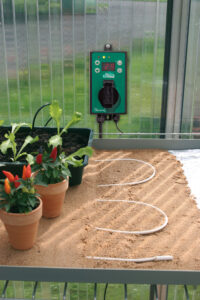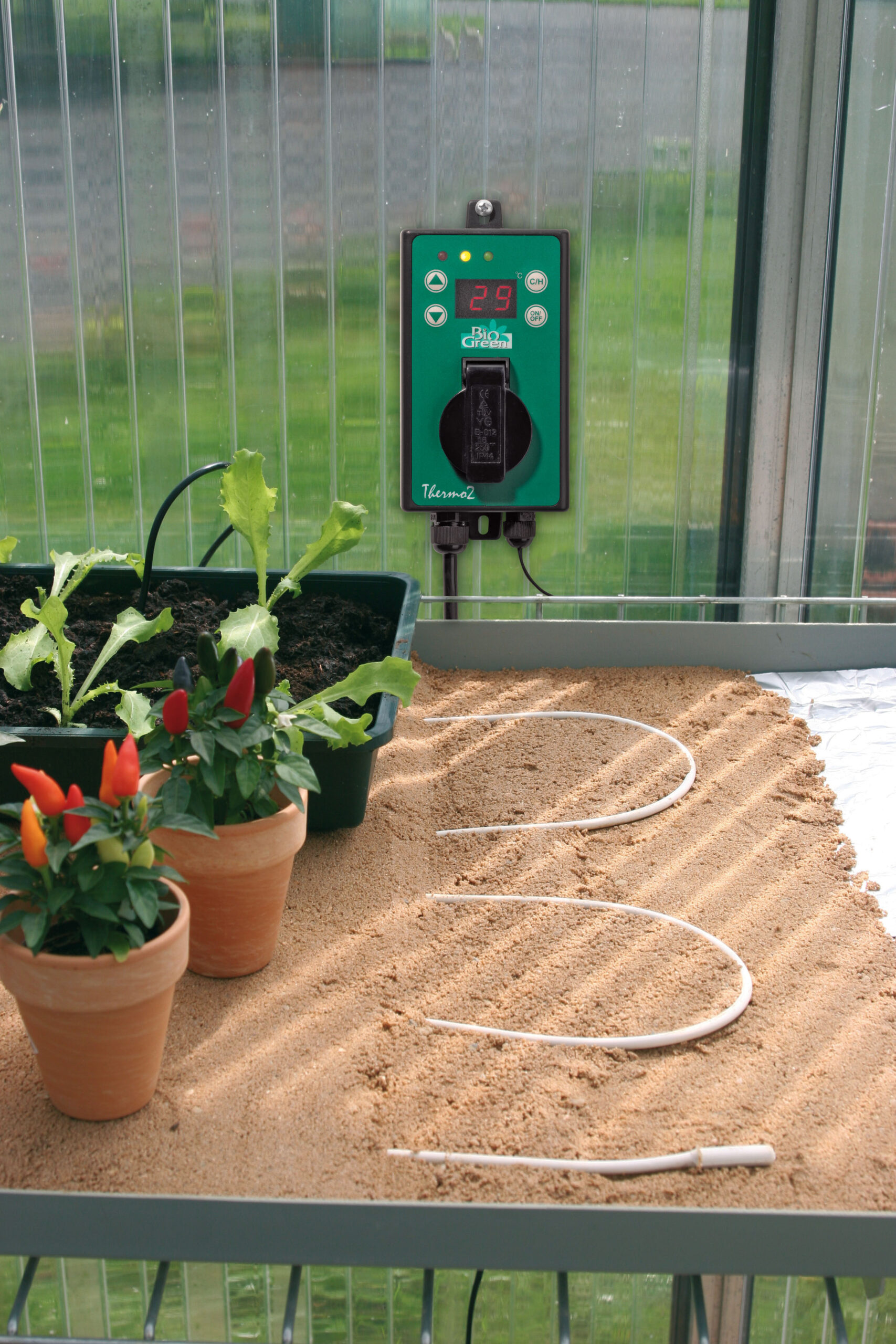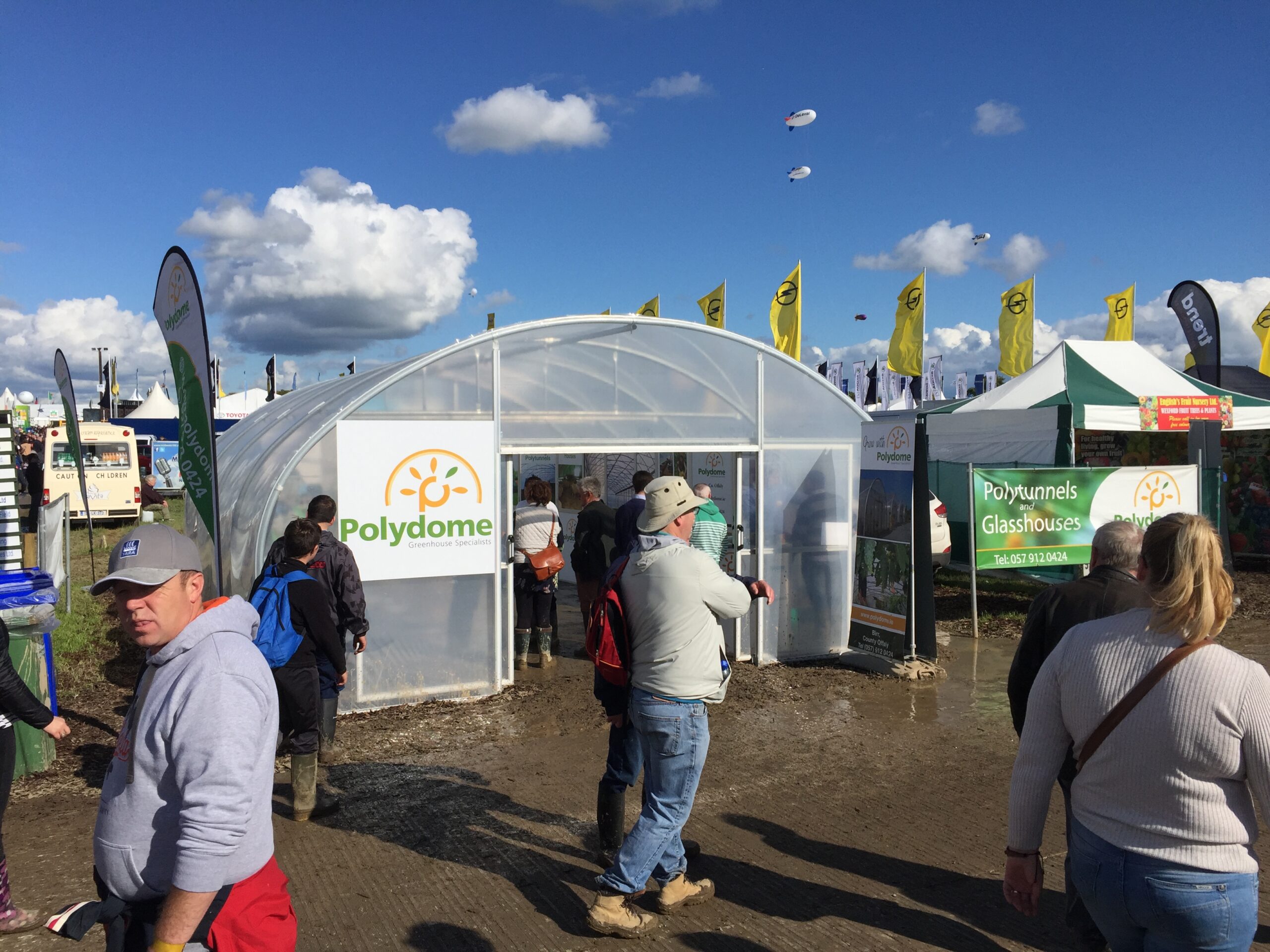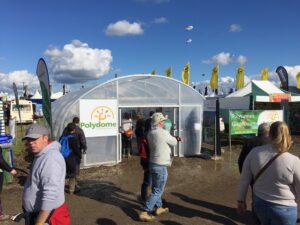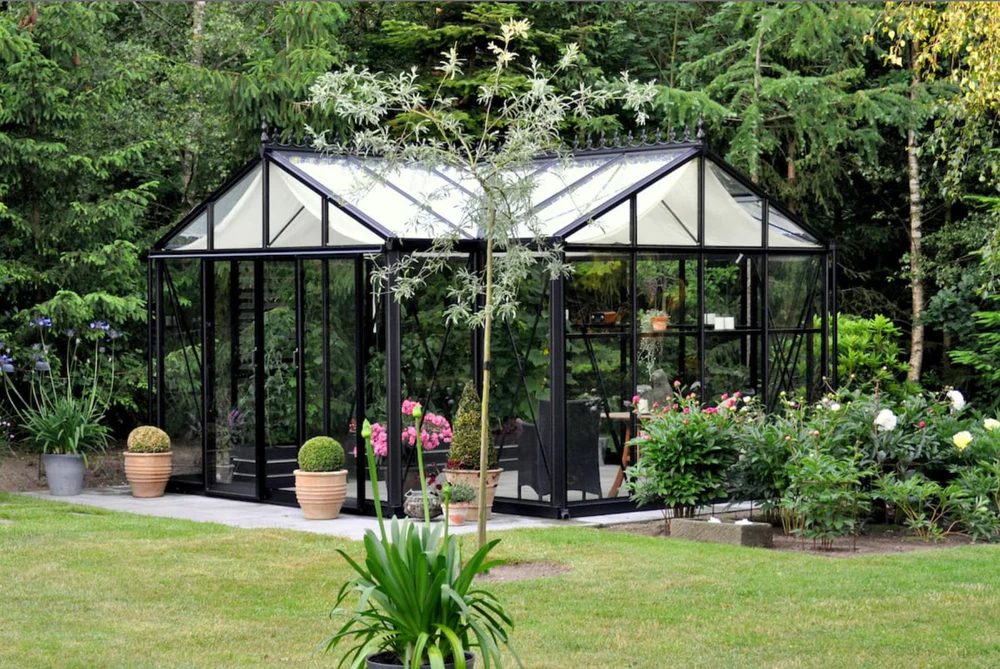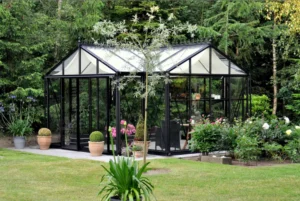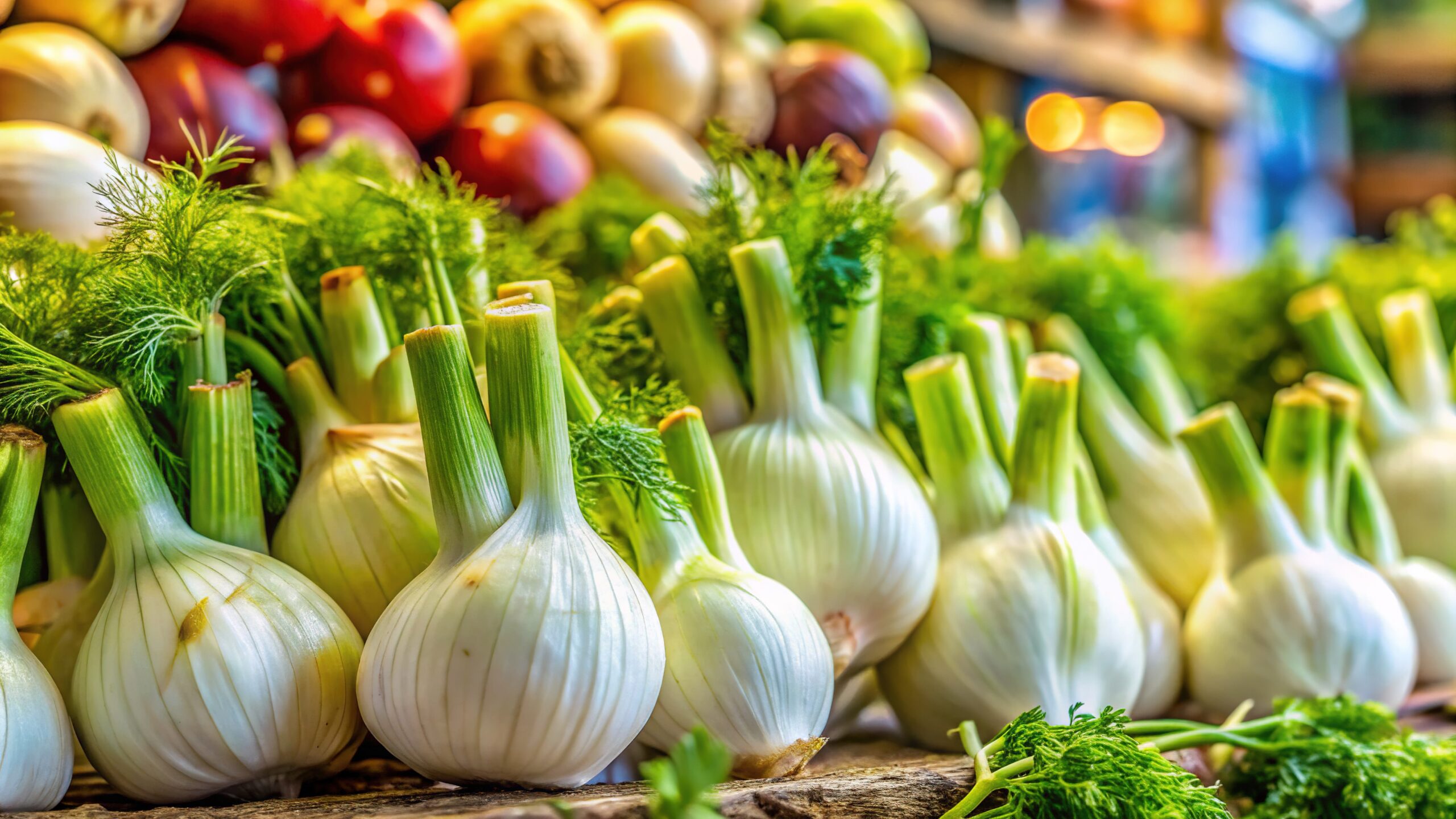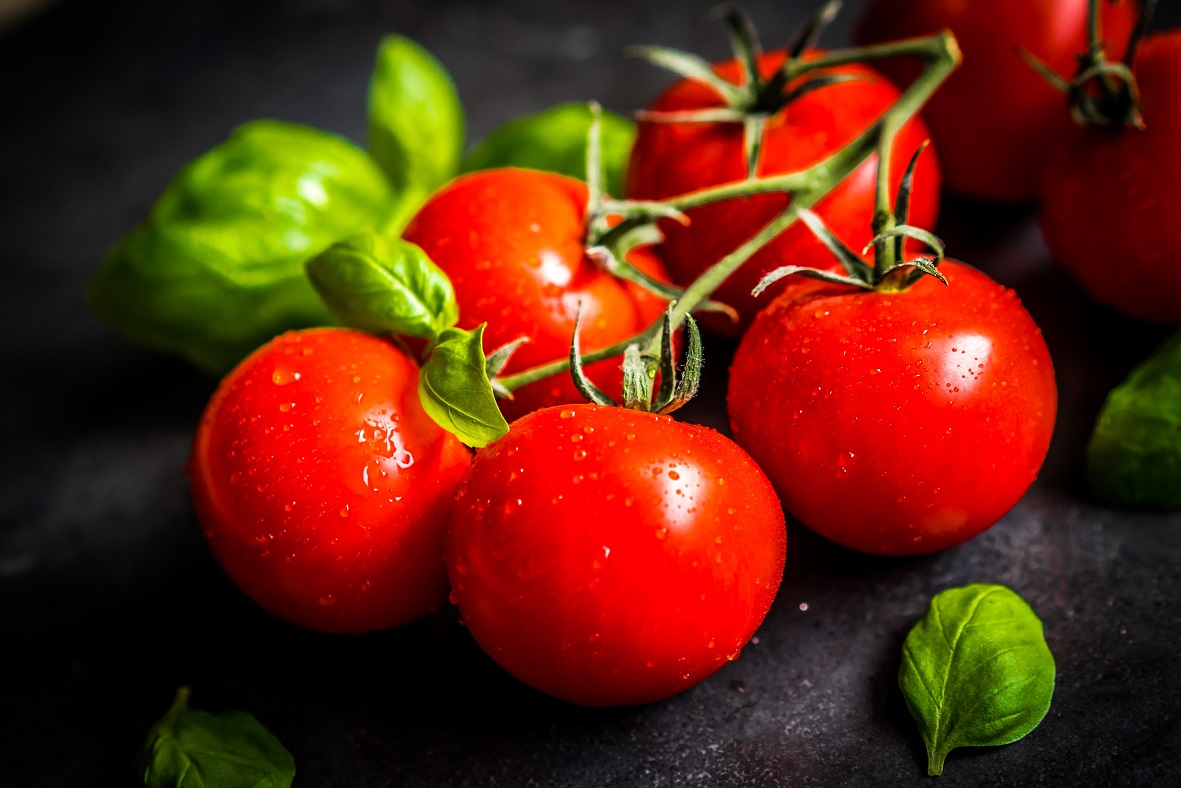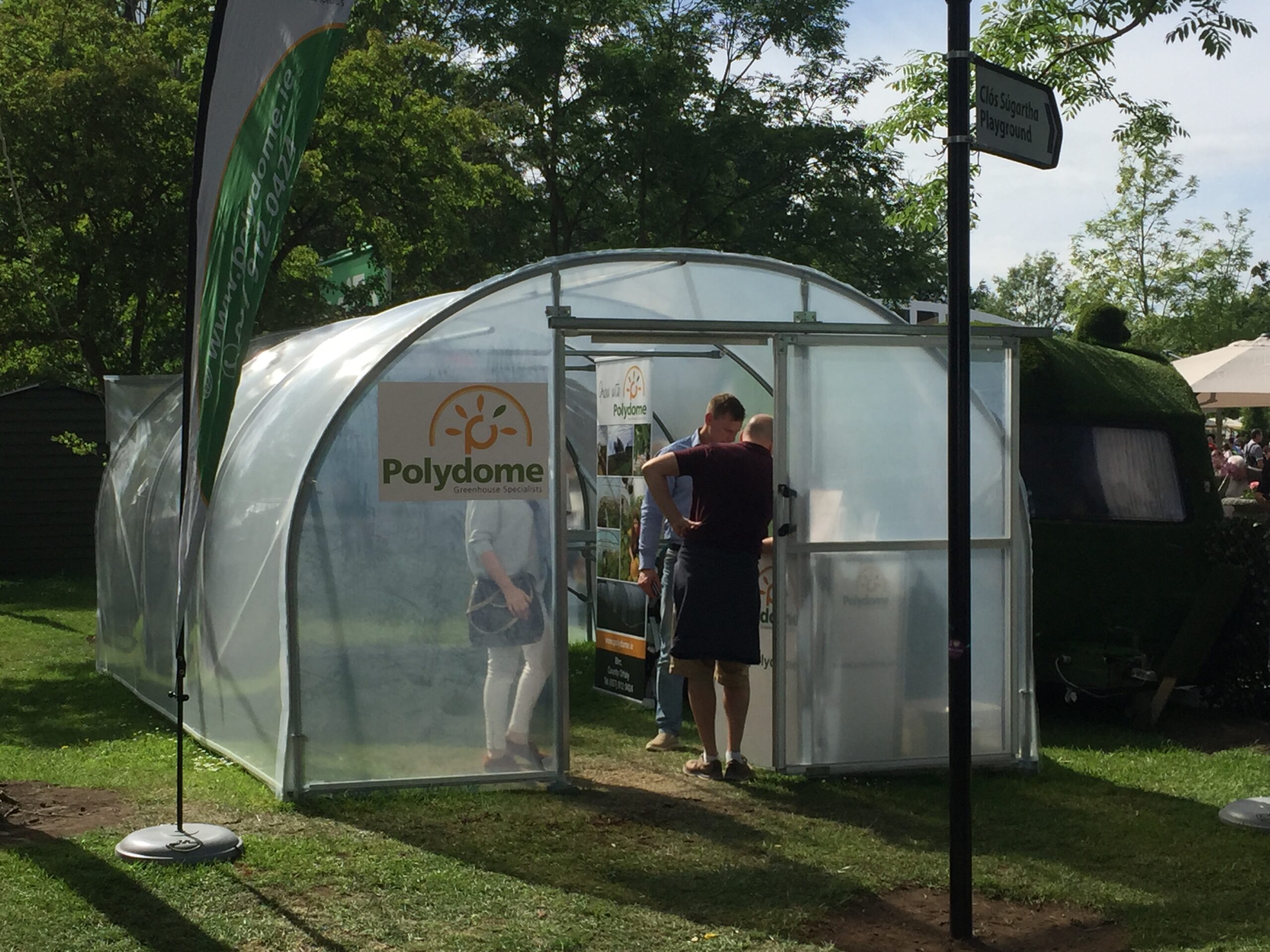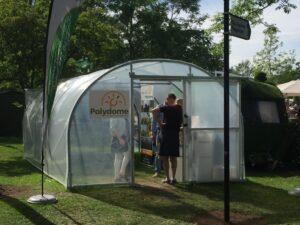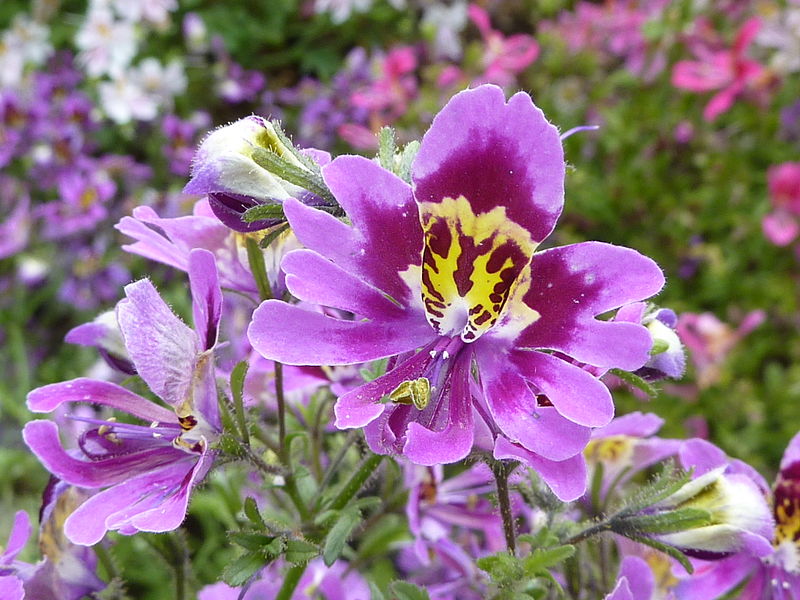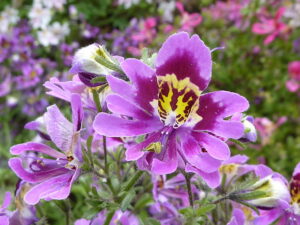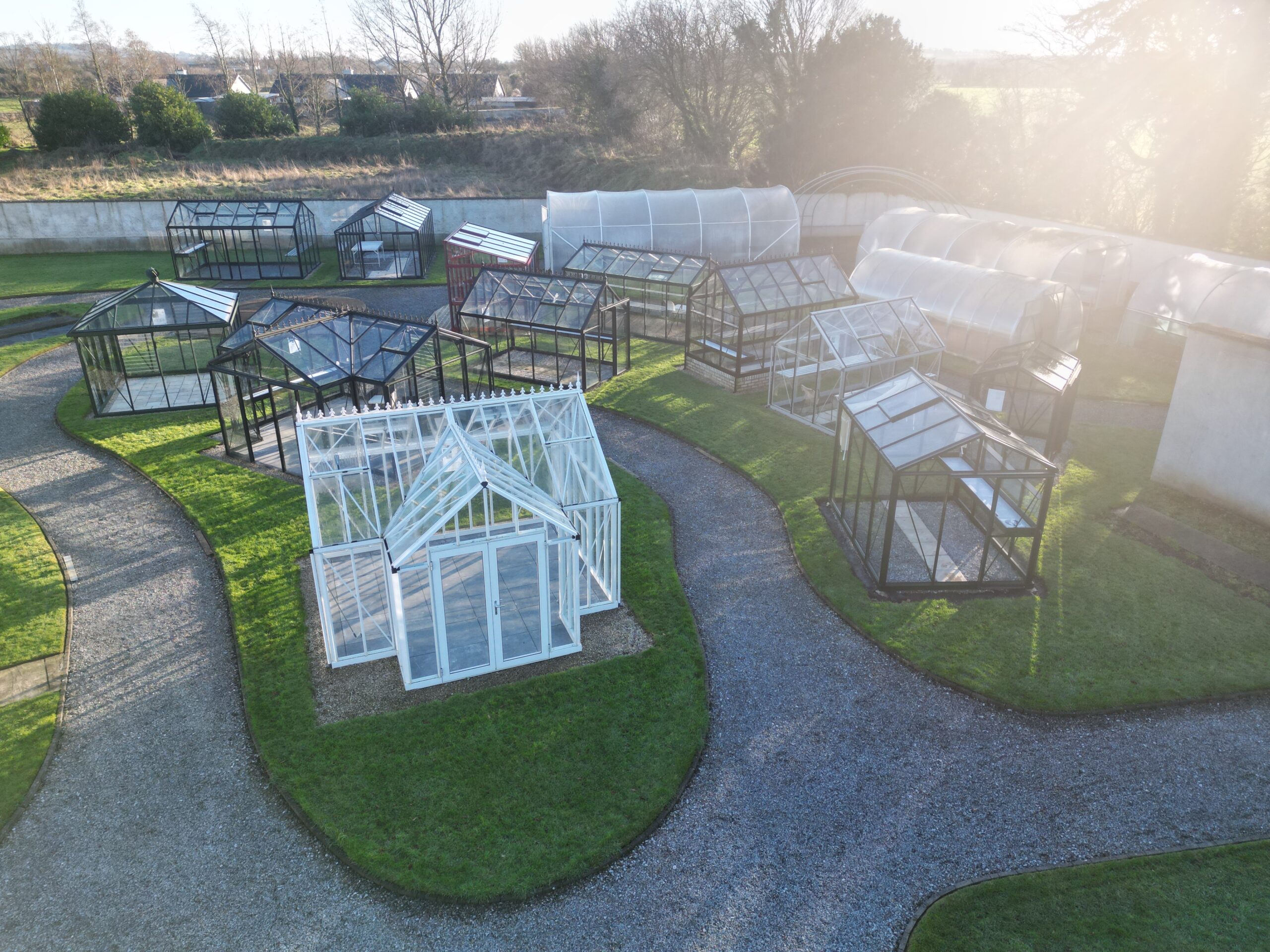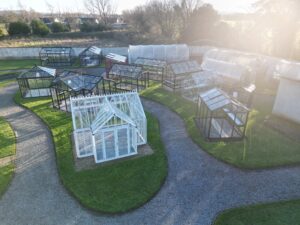Christmas is coming and people are getting stressed by questions such as ‘what present can we get for (fill in the name yourself)?’ If they have a tunnel or glasshouse, how about something to increase their enjoyment of it? They could use a soil warming cable in so many different ways that it is almost certain to expand the range of plants they can grow and/or extend their growing season.
The theory is simple. The cable is buried below the surface of a bed of ‘sharp sand’. When warmed by electricity it warms the surrounding sand, in turn heating the soil or peat moss in pots and seedtrays sitting on the sand. Soil temperature affects plant growth more than air temperature. Seeds germinate faster, cuttings root sooner and growth continues when the air temperature drops a bit too low for normal growth. Insulating fleece or bubble-wrap over the plants will protect them from a few more degrees of frost due to the rising heat. Adding a thermostat will save electricity when the sun warms the soil naturally; see soil warming cables on the Polydome website. You can heat a whole bed or just a small propagation area, but if the latter it’s more convenient to have it on a raised bench or staging in which case you should place insulation underneath it.
Electricity and water are an unsafe mixture. Make sure you use a qualified electrician to lay on power to a glasshouse or tunnel, and follow the installation instructions carefully.
